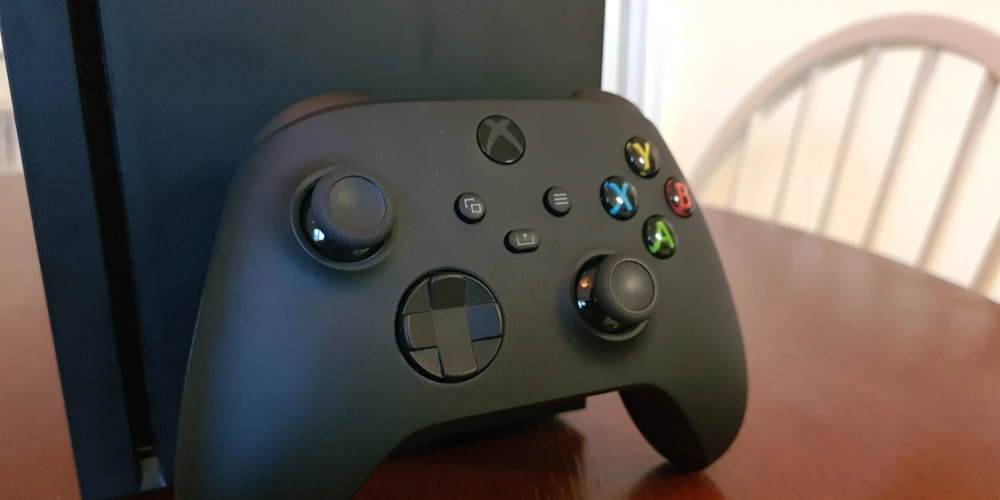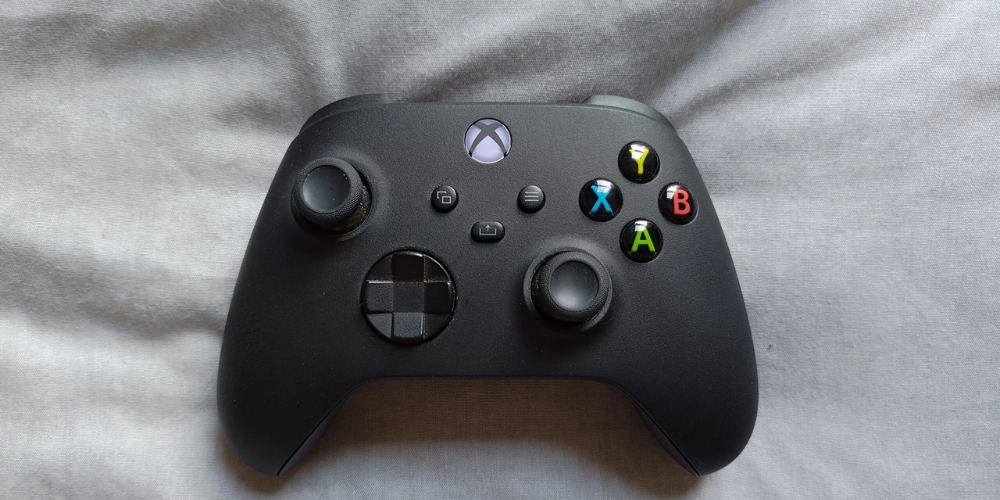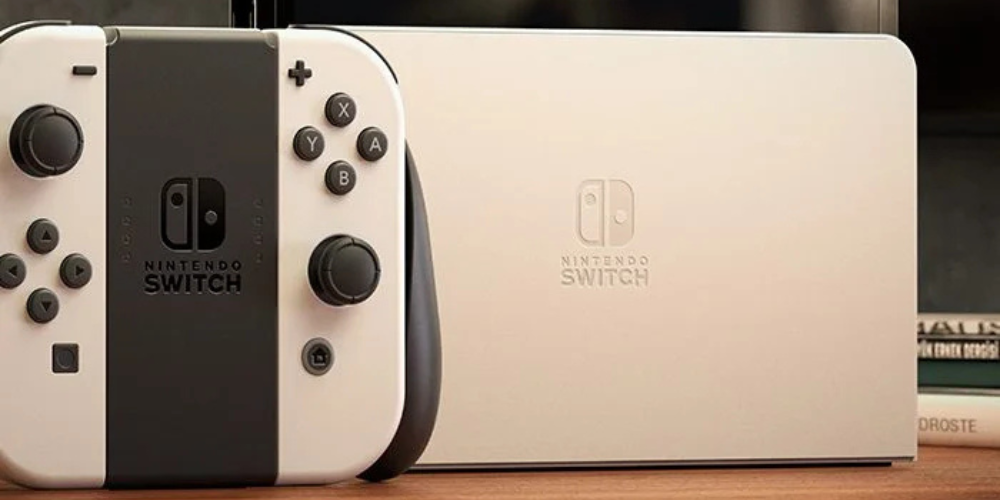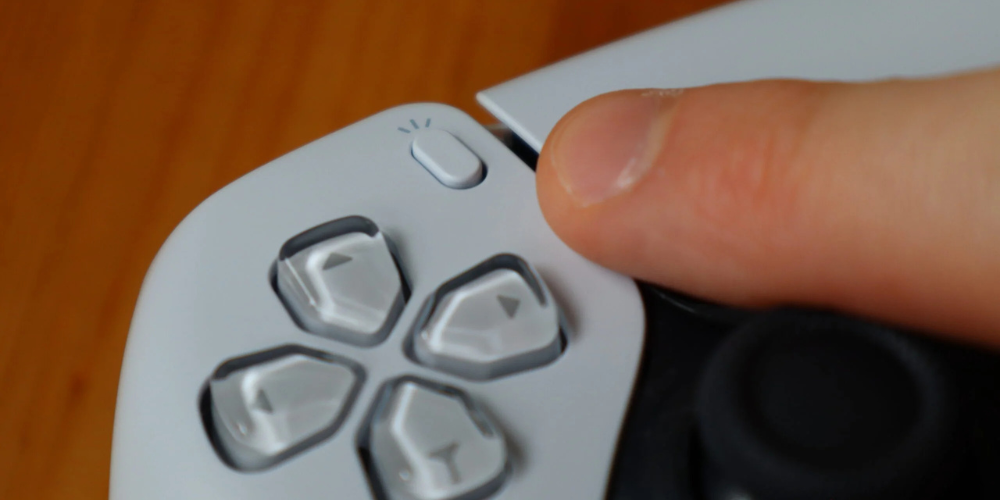Overcoming Lag in Cross-Platform Play: Tips for Smoother Gaming Sessions
Oct-06-2024

Cross-platform play has become increasingly popular, enabling gamers from different platforms to compete and collaborate in the same virtual world. However, this feature often introduces lag, a frustrating issue that can disrupt the gaming experience. In this article, we will explore practical strategies to overcome lag and enjoy smoother gaming sessions across platforms.
As the gaming world becomes more interconnected, addressing the challenges of cross-platform lag is critical. Understanding the causes of lag and implementing solutions can significantly enhance gameplay, ensuring that players have a seamless and enjoyable time.
Understanding Lag in Cross-Platform Play

Lag is typically a delay between a player's action and the server's response, and it can be especially pronounced in cross-platform settings. As different platforms have varying capacities and specifications, synchronization issues often surface, leading to lag.
One of the primary causes of lag in cross-platform gaming is network latency. When data packets are delayed in transit across the internet, it can result in a choppy or unresponsive gameplay experience.
Optimizing Network Connectivity
One effective way to reduce lag is by optimizing your network connectivity. Start by ensuring a stable and high-speed internet connection. Wired connections are often more reliable than wireless ones, so consider using an Ethernet cable for a more stable connection.
Additionally, minimize other bandwidth-hogging activities on the same network during gaming sessions. Streaming videos or large file downloads can significantly impact your gaming experience, so it's essential to manage these activities to prioritize your game’s connectivity.
Adjusting In-Game Settings
Most games include settings that allow players to adjust graphics and performance parameters. Reducing graphical settings can decrease the amount of data processed by your system, which might help in reducing lag.
Lowering the frame rate and resolution can also contribute to smoother gameplay. Experiment with these settings to find an optimal balance between graphics quality and performance to improve your gaming experience.
Updating Software and Drivers

Regularly updating your game's software and your device's drivers can also help in reducing lag. Developers often release patches that optimize performance and resolve bugs that can cause lag.
Keeping your system's drivers up-to-date ensures that your hardware can efficiently handle cross-platform play demands. Look for updates from your hardware manufacturer’s website to ensure you have the latest versions installed.
Ensuring Low Ping Rates
Ping rate is a crucial factor in determining how effectively data travels between your gaming system and the server. Reducing ping can significantly enhance your gameplay by minimizing response times.
To achieve lower ping rates, select a server location that is geographically closer to you. Many games allow you to choose the server, so opt for the one nearest to reduce the distance data must travel.
Using Gaming VPN Services
Gaming VPN services can sometimes help reduce lag by providing a more direct route for data packets to travel between your system and the server. They bypass some network congestion and can lead to improvements in data transfer speeds.
While not a guaranteed solution for everyone, experimenting with a reliable VPN designed for gaming might solve persistent lag issues. It’s essential to test different VPNs to find one that best suits your gaming needs.
Hardware Considerations

Sometimes lag issues stem from the hardware itself rather than the network connection. Ensuring that your gaming console or PC meets the game's recommended specifications can prevent bottlenecks during gameplay.
Investing in a quality gaming router can also help. These routers are designed to prioritize gaming traffic, which can reduce lag and improve the overall online gaming experience.
Community and Support
The gaming community can be a valuable resource in finding solutions to lag issues. Forums and social media groups often have players with similar challenges who are willing to share their experiences and fixes.
Additionally, reaching out to game support teams can be beneficial. Developers might have insights or patches available for specific lag issues, so don’t hesitate to contact support for assistance.
Conclusion
Lag can be a frustrating barrier in cross-platform gaming, but with the right strategies, it can be significantly reduced. By optimizing your network settings, updating software, and potentially using gaming VPNs, you can enjoy smoother gaming sessions.
Ultimately, overcoming lag involves a combination of technical adjustments and strategic troubleshooting.







